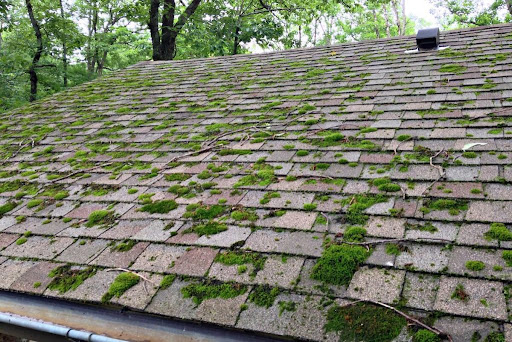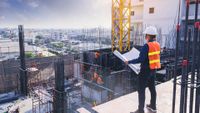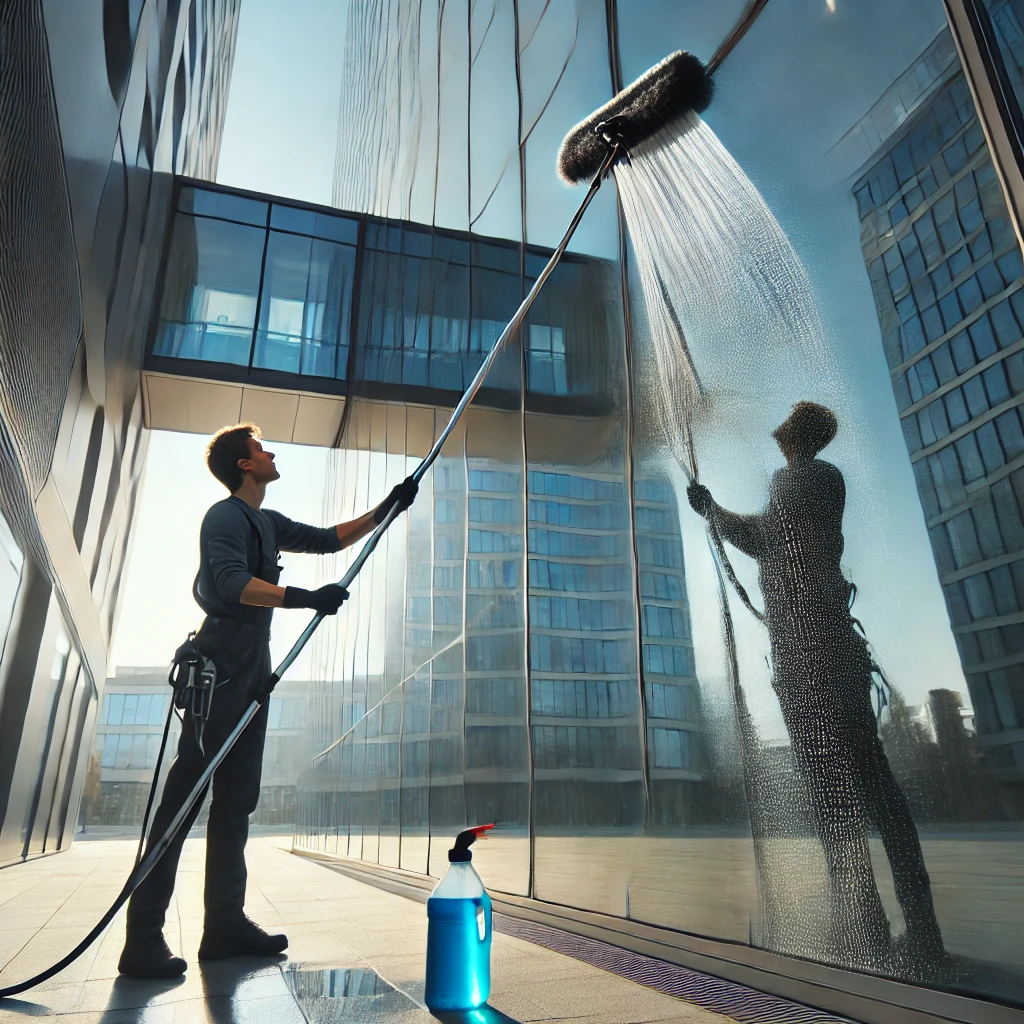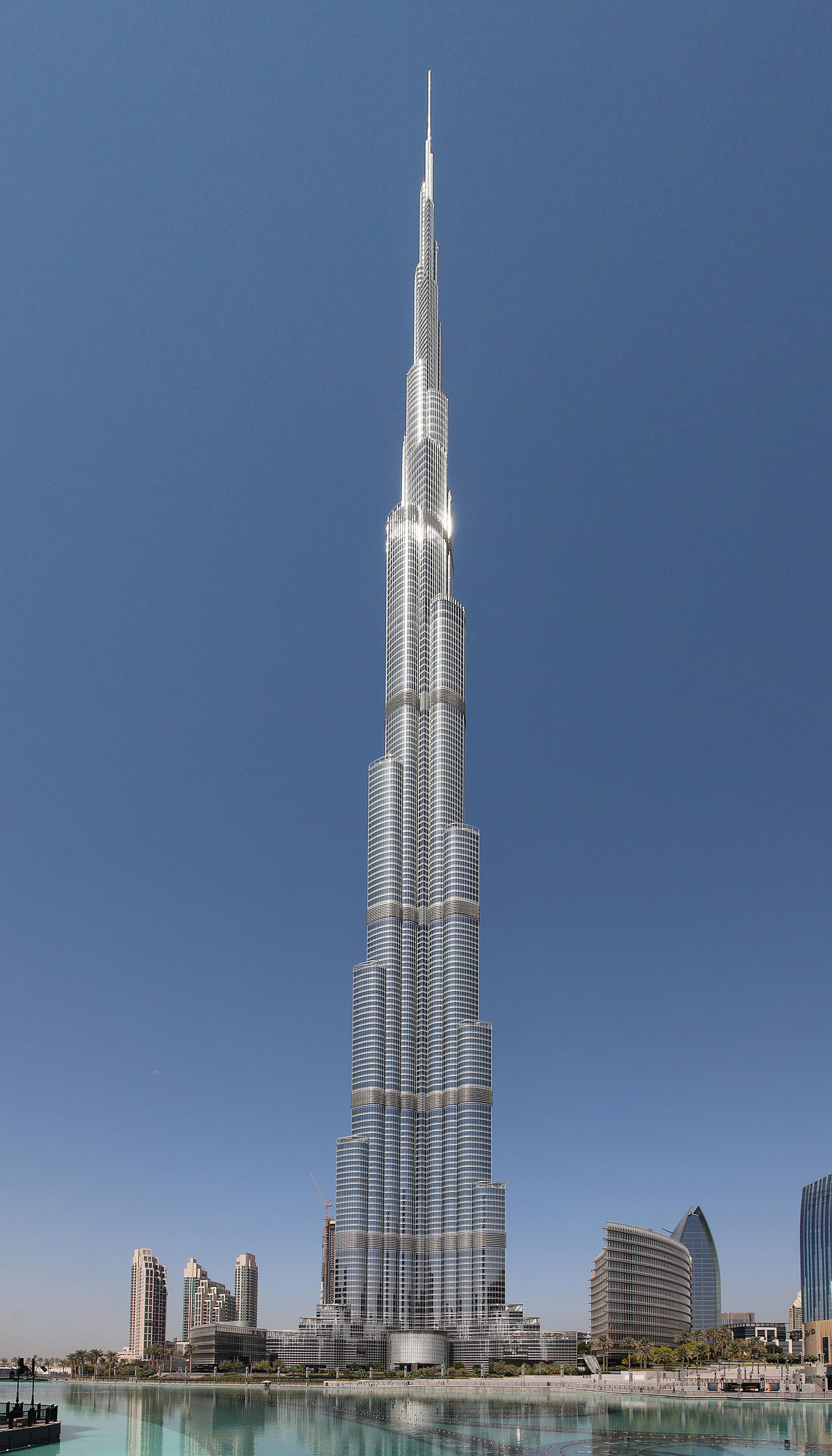
Understanding the Risks of Damp and Dirty Roofs
Maintaining a clean and dry roof is essential for the structural integrity and longevity of any building. Damp and dirty roofs can lead to a range of problems, from aesthetic issues to severe structural damage. This article explores the risks associated with neglecting roof maintenance, the causes of dampness and dirt accumulation, and the importance of regular roof care.
Causes of Damp and Dirty Roofs
Several factors contribute to the buildup of dirt and moisture on roofs. Environmental elements such as rain, snow, wind, and debris from nearby trees can deposit organic matter and dirt onto roof surfaces. Over time, this can lead to the growth of moss, algae, and lichen, especially in shaded areas where moisture tends to linger.
Clogged gutters and downspouts can also exacerbate the problem by preventing proper drainage. When water accumulates on the roof due to blocked gutters, it can seep into the roofing materials and underlying structures, leading to dampness. Poor ventilation and insulation in the attic can further contribute to moisture buildup, creating an ideal environment for mold and mildew growth.
Risks Involved
Structural Damage
Damp roofs can cause significant structural damage to a building. When moisture infiltrates roofing materials, it can weaken their integrity, leading to rot and decay. Wooden components such as rafters, trusses, and decking are particularly vulnerable. Over time, this can compromise the roof's ability to support its own weight and withstand environmental stresses, increasing the risk of collapse.Mold and Mildew Growth
A damp roof provides an ideal breeding ground for mold and mildew. These fungi thrive in moist environments and can spread quickly, affecting not only the roof but also the interior of the building. Mold spores can enter the living spaces, posing health risks to occupants. Exposure to mold can cause respiratory issues, allergies, and other health problems, particularly for individuals with preexisting conditions.
Reduced Insulation Efficiency
Moisture infiltration can reduce the effectiveness of insulation materials. Wet insulation loses its thermal resistance, leading to higher energy consumption and increased heating and cooling costs. This can result in an uncomfortable living environment and higher utility bills.
Aesthetic and Property Value Impact
A dirty and damp roof can significantly affect the curb appeal of a property. Stains, discoloration, and the growth of moss and algae can make a roof look unsightly and neglected. This can diminish the overall aesthetic appeal of the property and lower its market value. Potential buyers may be deterred by the prospect of costly roof repairs and maintenance.
Increased Maintenance Costs
Neglecting roof maintenance can lead to more frequent and expensive repairs. Small issues, such as minor leaks or damaged shingles, can quickly escalate into major problems if left unaddressed. Regular roof cleaning and inspections can help identify and resolve issues early, reducing the likelihood of costly repairs in the future.
Importance of Regular Roof Maintenance
Regular roof maintenance is crucial for preventing the risks associated with damp and dirty roofs. Here are some essential maintenance tips:
Regular Cleaning
Periodically clean the roof to remove dirt, debris, and organic matter. This can prevent the growth of moss, algae, and lichen, which thrive in damp conditions. Using a soft brush or a low-pressure washer can help avoid damaging the roofing materials.
Gutter Maintenance
Keep gutters and downspouts clean and free from blockages. Regularly remove leaves, twigs, and other debris that can impede water flow. Ensuring proper drainage helps prevent water from accumulating on the roof and causing dampness.
Roof Inspections
Conduct regular roof inspections to identify any signs of damage or wear. Look for missing or damaged shingles, cracks, and leaks. Addressing these issues promptly can prevent moisture infiltration and further damage.
Adequate Ventilation
Ensure proper attic ventilation to reduce moisture buildup. Good ventilation helps regulate temperature and humidity levels, preventing condensation and mold growth. Installing vents and fans can improve airflow and maintain a dry roof environment.
Professional Maintenance
Consider hiring a professional roofing contractor for regular maintenance and inspections. They have the expertise and equipment to identify and address potential issues effectively. Professional maintenance can extend the lifespan of the roof and provide peace of mind.
A damp and dirty roof poses significant risks to the structural integrity, aesthetic appeal, and overall value of a property. Regular maintenance, including cleaning, inspections, and gutter upkeep, is essential for preventing these issues. By investing in proactive roof care, property owners can avoid costly repairs, protect their investment, and ensure a safe and comfortable living environment.




